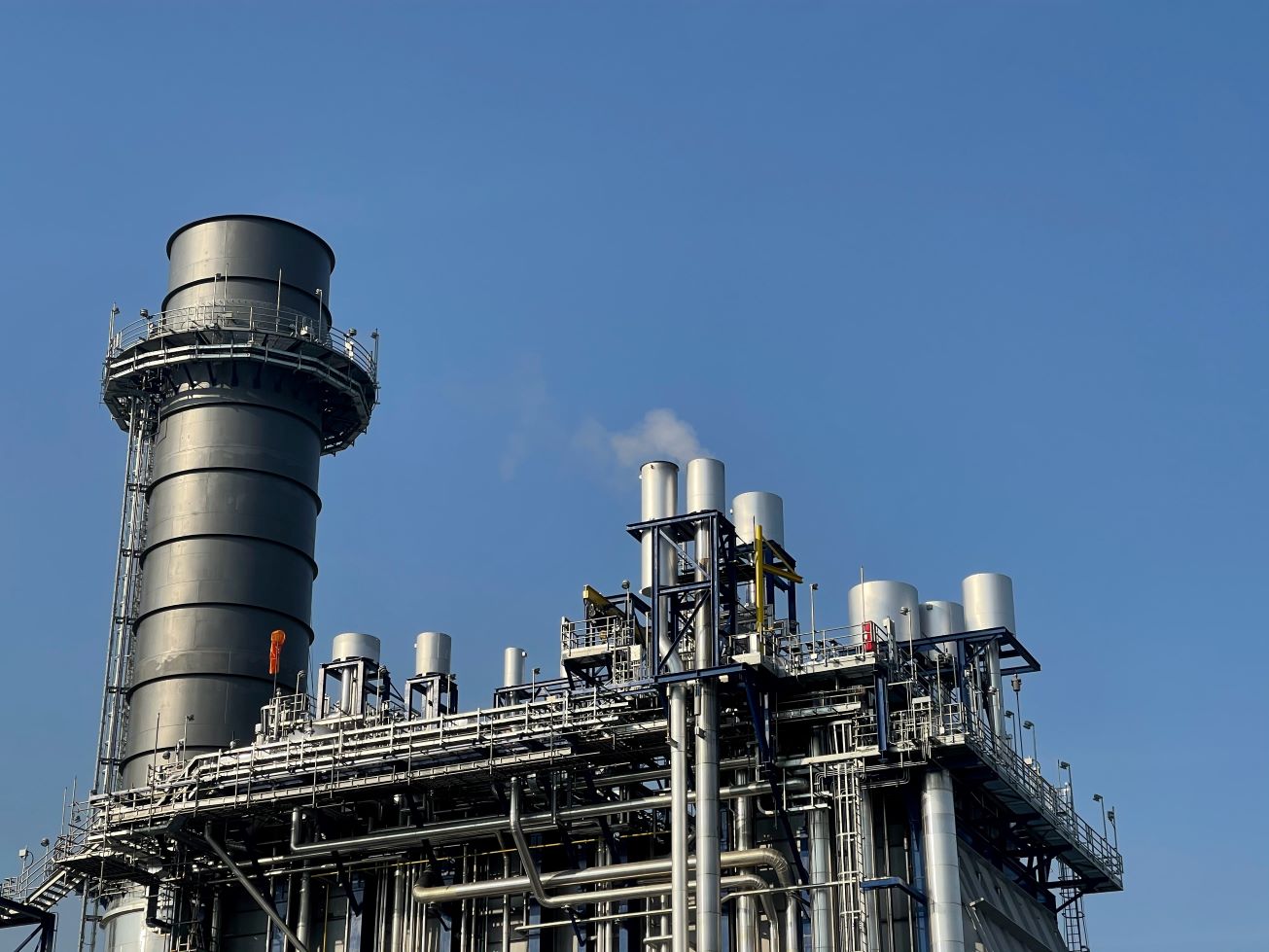Compact Membrane Systems Chemical Engineer, Joshua Watson, has published a report titled: Techno-economic process optimization for a range of membrane performances: What provides real value for point-source carbon capture?
Abstract
Membranes provide a unique opportunity for heavy industry decarbonization and a real solution requires optimal system design. We use a superstructure process model to minimize capital and operational expenses for post-combustion carbon capture systems. We consider membranes having CO2 permeances between 100 and 5000 GPU and selectivities for CO2 over N2 ranging from 10 to 300. For the four heavy industry-representative cases studied, we find membranes with selectivities approximately above 30 have essentially the same economics. When the permeance of CO2 is above 1000 GPU, and the selectivity is between 20 and 30, we find that membrane systems can achieve low capture costs ($20 to $55 per ton) and high energy efficiencies (150 to 500 kWh per ton). A quantitative relationship between membrane properties and optimized process economics enables effective product development for commercial applications.
To read the full report, click here.
For additional information about the report, please reach out to Joshua directly.
Contact Information
Joshua Watson: jwatson@compactmembrane.com

